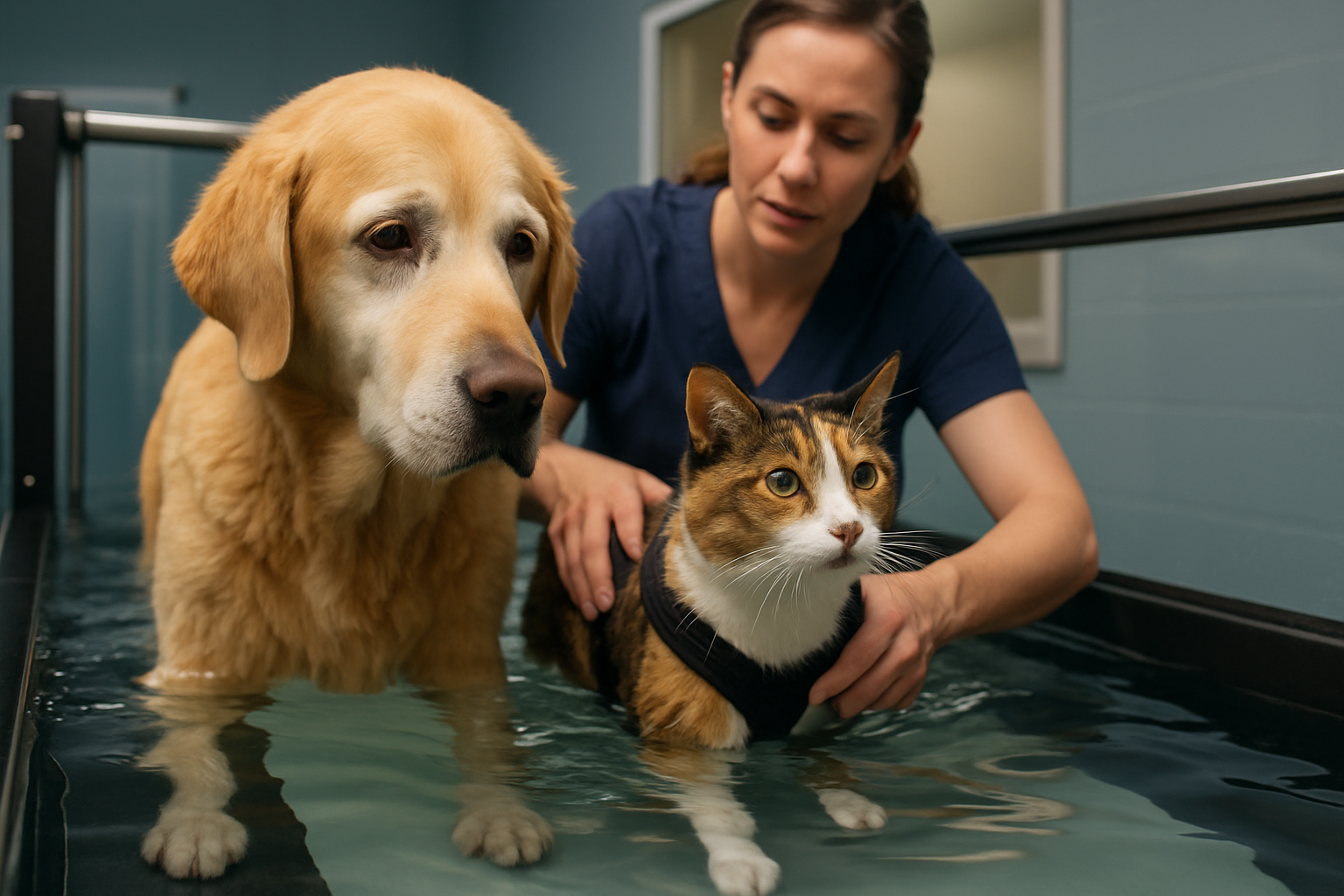Nutrition Essentials for Long-Term Companion Wellness
Good nutrition is a cornerstone of long-term wellness for companion animals, influencing behavior, mobility, and quality of life. This article outlines practical, evidence-informed principles for feeding, enrichment, and overall care that support healthy aging and day-to-day vitality in pets of different species.

Good nutrition for companion animals extends beyond calories: it shapes behavior, supports mobility, and interacts with exercise, enrichment, and habitat quality to influence long-term wellness. This article summarizes practical feeding principles, how diet links to training and socialization, and what owners can do to support bonding and calming through consistent routines and appropriate toys. Advice is general and intended for a wide audience of caregivers.
This article is for informational purposes only and should not be considered medical advice. Please consult a qualified healthcare professional for personalized guidance and treatment.
How does nutrition support long-term wellness?
Nutrition provides the foundation for growth, immune function, organ health, and maintenance of healthy body condition in dogs, cats, rabbits, and other companions. Balanced macronutrients (appropriate protein, fat, and carbohydrates) and essential micronutrients (vitamins, minerals, and fatty acids) help preserve muscle mass, support brain function, and reduce the risk of diet-related issues such as obesity or nutrient deficiencies. Tailoring nutrient density to life stage—puppy/kitten, adult, senior—or to special conditions like pregnancy or chronic disease is a core component of long-term wellness planning.
Beyond individual nutrients, feeding frequency and portion control influence behavior and training outcomes. Consistent feeding schedules can aid housetraining and reduce stress-related behaviors, while appropriate treats used during training reinforce desired responses without upsetting overall daily caloric balance.
What feeding strategies suit different companions?
Feeding strategies vary by species, size, and activity level. Small, high-metabolism companions may do better with multiple small meals, whereas some adult dogs thrive on two measured meals per day. Senior animals often need diets higher in easily digestible proteins and adjusted fat or fiber to manage weight and gastrointestinal health. For rescues and newly adopted pets, gradual diet transitions over 7–10 days help prevent digestive upset and support bonding during the adoption adjustment period.
When choosing commercial diets, examine ingredient transparency, guaranteed analysis, and AAFCO or equivalent statements for complete and balanced formulations. For owners preparing home-cooked or raw diets, working with a veterinary nutritionist is recommended to ensure essential nutrient adequacy and food safety.
How does exercise, mobility, and enrichment help?
Exercise and enrichment work together with nutrition to maintain muscle tone, joint health, and a healthy body weight. Regular activity tailored to a companion’s breed tendencies and mobility status preserves range of motion and can reduce the progression of age-related stiffness. Enrichment—puzzle feeders, varied toys, and habitat alterations—promotes mental stimulation and slows cognitive decline by encouraging natural foraging and problem-solving behaviors.
Mobility-supporting dietary elements, such as omega-3 fatty acids and certain joint-support supplements, can complement appropriate exercise programs. However, supplements should be discussed with a veterinarian to confirm evidence and safe dosing for the specific companion.
How do behavior, training, and socialization interact with diet?
Feeding routines influence behavior and training outcomes. Using small, nutrient-dense treats for training prevents overfeeding while maintaining positive reinforcement during training sessions. Socialization periods, especially in young animals, benefit from calm, predictable feeding environments that reduce stress and encourage positive interactions with people and other animals.
Diet-related gastrointestinal discomfort can manifest as behavioral changes; if a normally sociable pet becomes withdrawn or irritable, nutrition and digestive health should be reviewed alongside training and enrichment strategies. Consistency between caregivers in feeding and training approaches supports stable behavior and clearer cues for companions.
How do grooming, habitat, safety, and toys affect wellness?
Grooming and habitat management are part of an integrated wellness approach. Skin and coat condition often reflect nutritional status—adequate protein, essential fatty acids, and micronutrients contribute to healthy fur and skin. A clean, safe habitat reduces stress and exposure to hazards that can compromise appetite or digestion.
Toys and supervised play support both mental and physical health; interactive feeders and chew toys can slow feeding, aid dental health, and provide appropriate outlets for natural behaviors. Safety considerations—secure storage of food, toxic plant removal, and safe toy selections—protect welfare and maintain the benefits of good nutrition.
How can bonding, calming, microchipping, and adoption aid longevity?
Strong bonding and predictable routines offer calming effects that support digestion and general wellness. Feeding at predictable times, pairing meals with gentle handling, and including socialization opportunities during mealtimes can reinforce trust after adoption. Microchipping and proper identification do not directly alter nutrition but contribute to long-term safety and the likelihood of returning lost companions to caregivers, preserving continuity in care and feeding regimens.
When adopting, seek records of previous diets, feeding behaviors, and any known allergies or medical conditions to inform a smooth nutritional plan. If changes are needed, introduce them gradually and monitor weight, stool quality, and behavior to assess tolerance and effectiveness.
Conclusion
A holistic approach to companion nutrition connects feeding practices with exercise, enrichment, grooming, habitat safety, and social interactions. Thoughtful feeding strategies, combined with training, appropriate toys, and consistent routines, support behavior, mobility, and long-term wellness. Regular veterinary check-ups help align dietary choices with evolving needs across life stages and health conditions.





